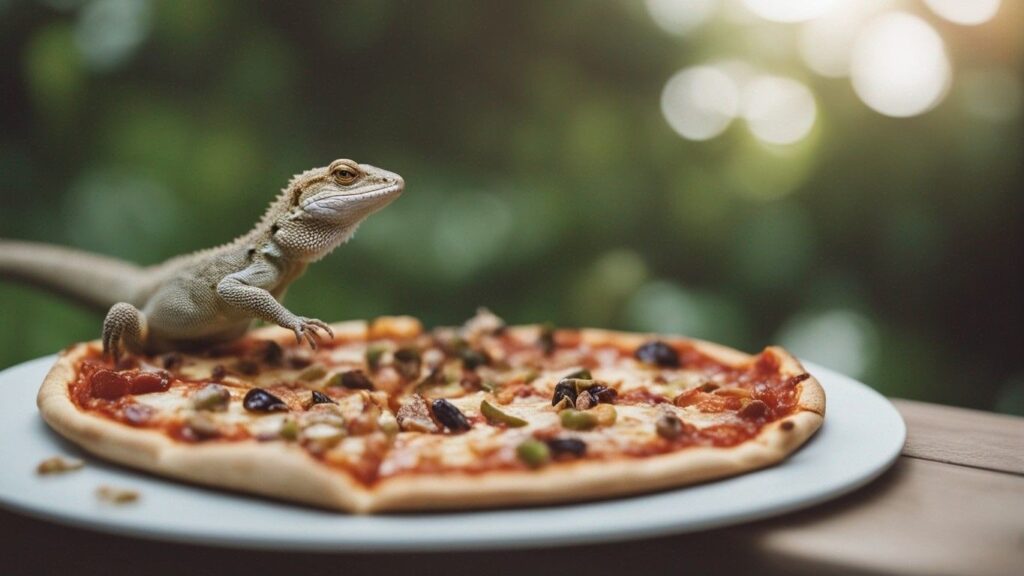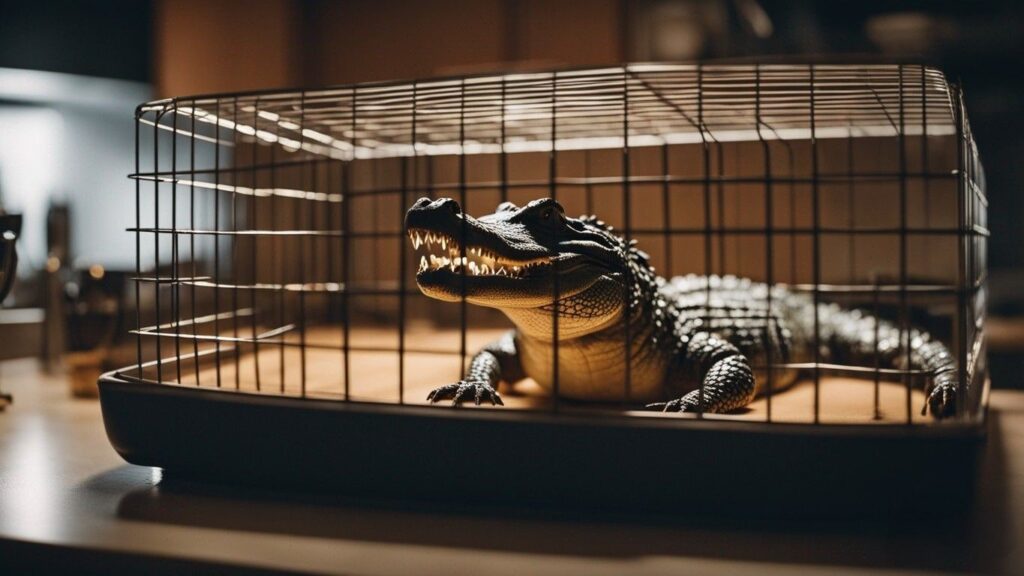
So, you’ve been thinking about getting a pet snake, but you can’t help wonder, are these slithery creatures dangerous?
Well, in this article, we’re going to shed some light on that very question. We’ll explore the potential risks and benefits of having a pet snake, discuss common misconceptions, and provide you with all the information you need to make an informed decision about whether or not to welcome a reptilian friend into your home.
So, let’s grab our magnifying glass and delve into the world of pet snakes, shall we?
Overview
Understanding the risks and benefits of owning a pet snake
Owning a pet snake can be an intriguing and unique experience, but it’s important to understand the potential risks and benefits involved. Snakes are fascinating creatures with their own set of physical characteristics and behaviors. Before bringing a snake into your home, it’s crucial to educate yourself about the different types of pet snakes, their varying levels of danger, and the precautions necessary to ensure a safe and positive experience for both you and the snake.
Types of Pet Snakes
Different species and their varying levels of danger
When it comes to pet snakes, there is a wide variety of species to choose from. Each species comes with its own level of danger and temperament, so it’s crucial to do thorough research before making a decision. Some popular non-venomous pet snake species include corn snakes, ball pythons, and king snakes. These species are known for their mild temperament and ease of care, making them suitable for beginners. However, even non-venomous snakes can pose risks, especially if they feel threatened or improperly handled. On the other hand, venomous snakes, such as rattlesnakes or cobras, should only be handled by experienced and knowledgeable individuals, as their bites can be life-threatening.
Physical Characteristics
Anatomy and traits that may pose risks
Understanding a snake’s physical characteristics is crucial for safe ownership. Snakes have a unique anatomy that allows them to navigate their environment and capture prey. Although most snakes lack limbs, they possess powerful muscles and can strike quickly when provoked. Additionally, some larger snake species may have the ability to constrict their prey, potentially leading to the risk of injury if mishandled. Their sharp teeth and the potential for infections are other aspects to consider when assessing the risks associated with pet snake ownership.
Venomous vs. Non-venomous
Understanding the difference and associated risks
One of the key distinctions when it comes to pet snakes is whether they are venomous or non-venomous. Venomous snakes possess specialized glands that produce venom, which they use to immobilize or kill their prey. It’s important to note that venomous snakes should only be kept by experienced and licensed individuals, due to the inherent risks associated with their bites. Non-venomous snakes, while still capable of biting, pose a lower level of danger. However, it’s essential to handle all snakes with care, regardless of their venomous status, to minimize the risk of injury to yourself and others.
Handling and Enclosure
Safe and responsible practices for snake owners
Proper handling and enclosure of your pet snake are crucial aspects of responsible ownership. Snakes, especially those that are not accustomed to human interaction, may feel threatened and become defensive. To avoid bites and other potential injuries, it’s important to handle your snake with care and respect its boundaries. Always support the snake’s body when picking it up, as the lack of limbs makes them more vulnerable to injury if mishandled. Furthermore, providing an appropriate and secure enclosure is essential to prevent escapes and ensure your snake’s well-being.
Potential Dangers
Risk of bites and injuries
While snakes can make wonderful pets, it’s essential to acknowledge the potential risks associated with them. Snake bites can occur, even with the most well-behaved and non-venomous species. A bite from a snake can cause pain, swelling, and, in rare cases, infections. Proper handling techniques and a calm demeanor can help minimize the risk of bites, but it’s crucial to be prepared and knowledgeable about first aid procedures in case an incident occurs.
Allergies and zoonotic diseases
Another potential danger of owning a pet snake is the risk of allergies or zoonotic diseases. Some individuals may develop allergies to snake skin or dander, which can cause respiratory issues or skin irritations. Additionally, snakes can carry certain zoonotic diseases that can be transmitted to humans, such as salmonella. Regular handwashing after handling your snake and maintaining proper hygiene practices can significantly reduce these risks.
Escape and danger to other pets
It’s important to recognize that snakes are natural escape artists and can find their way out of seemingly secure enclosures. Escaped snakes not only pose a danger to themselves but also to other pets in the household. A loose snake can cause stress, injury or even prey on smaller animals such as birds or rodents. To prevent escapes, ensure that your snake’s enclosure is escape-proof and regularly inspect it for any signs of damage or weakness.
Training and Socialization
Can snakes be trained to reduce potential dangers?
The concept of training a snake may seem unconventional, but certain behaviors can be encouraged through positive reinforcement and consistency. While snakes may not have the same level of cognitive abilities as other pets, they can become accustomed to their owner’s presence, which can help reduce stress and the likelihood of defensive behavior. However, it’s important to note that snakes are instinct-driven animals, and complete behavioral control may not always be achievable. By understanding and respecting their natural instincts, you can work towards a harmonious relationship with your pet snake.
The importance of socialization
Socializing your pet snake is another crucial aspect of responsible ownership. Exposing your snake to different sights, sounds, and handling techniques can help desensitize them and make them more comfortable in various situations. Start socialization slowly and gradually increase the level of exposure over time. Always ensure the safety and well-being of both yourself and the snake during these socialization sessions.
Preventing Accidents
Tips for keeping snakes and home environment secure
Prevention is key when it comes to avoiding accidents and potential dangers associated with pet snakes. Here are some tips to help you keep your snake and your home environment secure:
- Invest in a secure enclosure: Ensure that your snake’s enclosure is appropriate for its size and needs and is escape-proof.
- Regularly inspect the enclosure: Check for any signs of damage or weakness that could potentially allow the snake to escape.
- Handle with care: Always handle your snake gently and with respect. Avoid sudden movements or actions that may startle or stress the snake.
- Educate yourself: Continuously educate yourself about proper snake husbandry, handling techniques, and potential risks. Attend reptile-related workshops or consult with experienced snake owners or herpetologists.
- Keep other pets separate: When it comes to the safety of other pets, it’s crucial to keep your snake and other animals separated to avoid potential conflicts or harm.
Children and Pet Snakes
Safety considerations for households with kids
If you have children in your household and are considering owning a pet snake, there are additional safety considerations to keep in mind. It’s essential to educate children about the potential risks and proper handling techniques for interacting with the snake. Children should always be supervised when handling or around the snake’s enclosure to ensure their safety and the well-being of the snake. Taking the time to teach children about snake behavior and the importance of respecting animals’ boundaries can help create a safe and enjoyable experience for everyone.
Legal and Ethical Responsibilities
Understanding local regulations and ethical considerations
Before becoming a pet snake owner, it’s crucial to familiarize yourself with the legal and ethical responsibilities involved.
Different regions and countries may have specific regulations regarding snake ownership, such as permits or restrictions on certain species.
It’s important to adhere to these regulations to ensure the well-being of both the snake and the safety of the community.
Ethical considerations, such as purchasing snakes from reputable breeders and avoiding the illegal wildlife trade, also play a significant role in responsible pet snake ownership.
By being aware of the legal and ethical aspects, you can contribute to the well-being and conservation efforts of snake populations.
Final Thoughts
In conclusion, owning a pet snake can be an incredibly rewarding experience, but it’s important to understand the risks and responsibilities involved.
By thoroughly researching and educating yourself, selecting an appropriate species, and following safe handling practices and enclosure maintenance, you can create a safe and enjoyable environment for both you and your pet snake.
Remember, responsible snake ownership requires continuous learning, awareness, and respect for these fascinating creatures.



